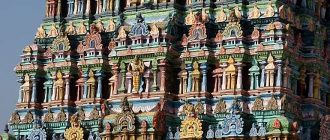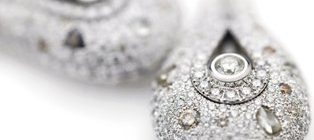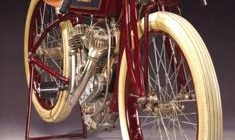Want to learn more about ethnic Indian paintings? Read on for facts and info to learn about the ethnic Indian painting style of different regions in India…
Different states of India have their own unique and eclectic styles of ethnic painting. Probably the most famous style is one imported from Persia by the Moguls, the miniature form, and still being practiced in India. Other major schools of ethnic Indian painting are the Rajput school, Mysore painting, the Tanjore style, and Madhubani school.
Mogul & Modern Miniatures
In the sixteenth century, the second Mogul emperor Humayun brought two Persian painters from the royal court in Tabriz who were experts in the Persian art of miniature painting. The Tautinama and Hamzanama, the latter collection comprising fourteen hundred paintings, were drawn during the reign of Humayun’s son Akbar and illustrated old Persian fantastic stories and legends.
Miniature painting slowly evolved and assimilated local influences during the Mogul period and the art has come to be known as Indian Mogul miniature art. Miniatures covered portraits and events from royal court life, hunting soirees, and famous battles. The art form was also appropriated to portray Hindu mythological religious stories from the Mahabharata and Ramayana.
The Rajasthan and Rajput Schools
During the Mogul emperor Jahangir’s reign, the brush work evolved to become finer, the exceedingly rich colors were lightened, and painters were encouraged to adopt the European single-point perspective technique rather than the flat, layered Persian style. The Mogul miniature style is still practiced in the princely desert capital of Rajasthan, Jaipur, to not only produce replicas of classic works but also modern art pieces using the miniature techniques. The brothers Rafi ud Din and Safi ud Din have been the most famous among a whole chorus of modern masters.
The courts of Rajputana also fostered many different styles of painting which were mostly used to depict Hindu mythological legends. The miniature style was used with gold, silver, and precious stones utilized in the paints to give very distinct colors. Illustrated manuscripts were also very popular and the havelis of Shekhawaith are famous, among other palaces and forts for the paintings which cover its walls.
The South Indian Mysore and Tanjore Styles
Mysore’s ethnic paintings depict Hindu mythological figures in very detailed and elaborate settings and are marked by their use of well-muted colors. The state of Karnataka has produced this eclectic style which uses three-dimensional raised effects and gold foil to create a divine image.
The Tanjore style from nearby Tamil Nadu is more noted for the use of rich colors to portray the Hindu mythological gods and goddesses. It is also a multi-stage and laborious technique like Mysore’s and precious stones and gold foil are religiously applied; dyes are used instead of water colors to give the final details and a much richer color.
Above mentioned are just some of the fine examples of the diversity that you will be able to find in the regional style of ethnic painting. Today Indian ethnic painting is lauded by art critics for its originality and uniqueness.





